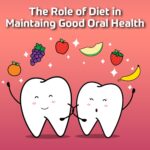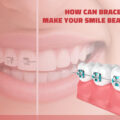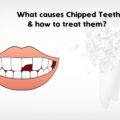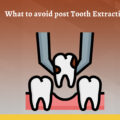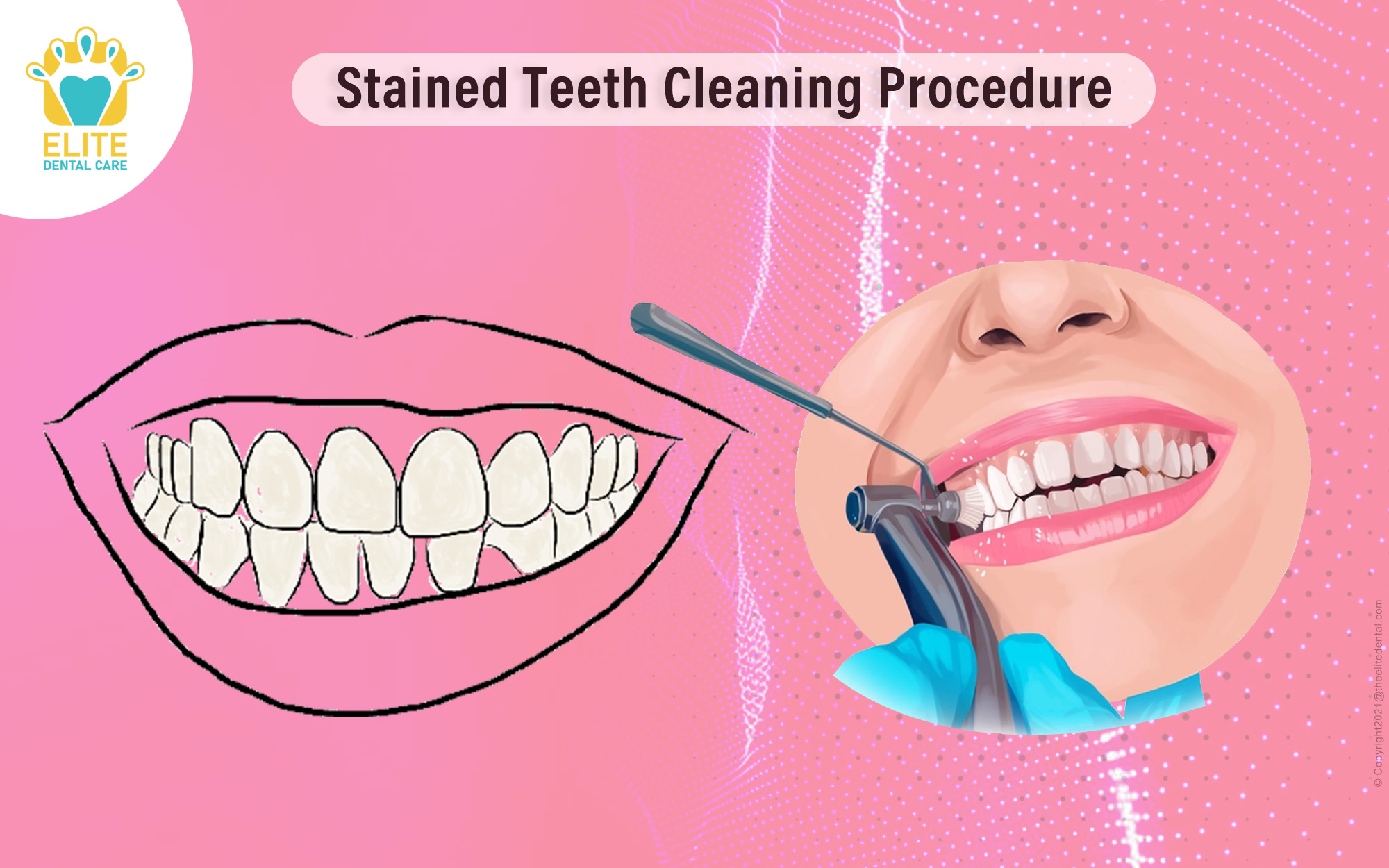
dental careoral healthRoot Canal TreatmentTeeth Whitening
edental
19 January 2022
Stained Teeth Cleaning Procedure
What are the Stained Teeth?
The color of one’s teeth is determined by both natural and hereditary factors. Dentin is the coating that is primarily responsible for the darkening of the teeth. Dentin is really yellow-brown in color and is surrounded by an extremely hard coating called enamel, which is white in color. The blue, pink, or yellowish hue of the teeth is caused by enamel. The center of the tooth is known as dental pulp, and it is pink or red in color due to the presence of blood vessels. However, this layer has no effect on the color of the teeth. Some meals and drinks, such as tea, coffee, wines, colored carbonated drinks, apples, and so on, can create stained teeth.
Teeth stains can also form as a result of ageing, since the enamel thins with age. There are numerous treatment solutions available to whiten teeth and eliminate stains. Teeth stains can be erased using treatment alternatives including as veneers, bondings, over-the-counter whitening solutions, appropriate brushing and flossing, and so on.
Poor dental care, such as not brushing and flossing correctly after eating, is also to blame for tooth discoloration. Stained teeth can also be caused by conditions such as pregnancy infections, chemotherapy, and radiation therapy. Tooth yellowing and stains on your teeth are normal happenings that can arise for a number of causes. The good thing is that most of these stains may be treated and avoided.
The hue of these dots might range from yellow – brown to black-brown. The form and size of the stain might differ. Some people may detect blotchy spots, while others may perceive brown lines.
Here’s everything you need to know about the reasons of tooth discolouration and stains, as well as what you can do to maintain your pearly whites in pristine condition.
Staining types
Extrinsic, intrinsic, and age-related tooth darkening are the three types of tooth discoloration.
1.Extrinsic– When it comes to extrinsic tooth discoloration, the stains are most likely just harming the tooth enamel, or the tooth’s surface. Tobacco, food, and drinks are the most prevalent extrinsic sources of stains.
2.Intrinsic– Because this sort of stain is found inside the tooth, it is more impervious to over-the-counter lightening solutions. It frequently appears grey. Dental decay, certain drugs, too much fluoride, heredity, and tooth damage or injury are all examples of intrinsic stains.
3.Age-related– When you become older, the enamel on your teeth begins to wear down, giving them a yellowish tint. Age-related discoloration is frequently induced by both external and intrinsic causes.
What factors might lead to tooth staining?
The most common causes of tooth staining include what we eat and drink, age, and tooth damage.
Tobacco, drink, and food
Some foods and drinks can discolor your teeth by moving inside the outer layers of your tooth structure. Red sauces, tea, red wine, coffee, and chocolate are among the most prominent perpetrators of tooth staining.
Tobacco usage, whether in the form of cigarettes or chewing tobacco, can also result in tooth staining.
Smokers have a greater frequency of tooth darkening than nonsmokers. Furthermore, smokers have a higher level of unhappiness with their looks, depending on the sight of their teeth. An acidic environment in your mouth might cause darkening of your enamel.
How may teeth staining be avoided?
After consuming colored meals, take care of your teeth. If you’re going to ingest tinted food or drinks, we suggest brushing and flossing right after. If that’s not an option, drinking or gargling with water will assist remove at least some of the debris that may cause staining of your teeth.
Maintain good oral hygiene. Brushing your teeth at least 3 times each day, flossing every day, using a water flosser, and applying whitening toothpaste or mouth wash. Mouthwashes and water flossers are wonderful solutions for reducing those difficult-to-remove stains in between teeth.
How is the treatment for Stained Teeth performed?
Change your habits. If you smoke or chew tobacco, speak with your doctor about a smoking cessation program. You should also avoid snacks and drinks that might stain your teeth. If that’s difficult, have a toothbrush always available so you may be proactive in maintaining your teeth free of stain-causing debris.
Brushing your teeth with dentifrices can help keep extrinsic stains at bay. Ultrasonic treatment, air-jet polishing with abrasive powder, and rotary polishing with abrasive paste are all used in professional teeth cleaning.
A rotary tool is used to apply a combination of silicon carbide and mild hydrochloric acid to the teeth in another procedure known as enamel micro abrasion. Enamel micro abrasion causes the teeth to seem glossed. The method eliminates intrinsic dental stains caused by decalcifications, fluorosis, and other conditions.
Whitening stained teeth include both vital and non-vital bleaching. Bleaching teeth that have become yellow or brown owing to intrinsic discoloration and fluorosis is referred to as vital bleaching.
Bleaching stained teeth is also performed with hydrogen peroxide and carbamide, and it is done very cautiously to safeguard the soft tissue from the bleaching chemicals’ adverse effects. Brightening strips loaded with hydrogen peroxide are also present in the market. These strips may be used at home to keep your teeth white.
Non vital bleaching is performed by injecting a solution of sodium perborate and 30% hydrogen peroxide in the pulp tissue of the tooth for about a week. If stains arise as a result of such things, surgical treatments such as dental caries or substances removal are performed. Teeth stains may necessitate the use of dental implants and extractions in some cases.
Who is eligible for the treatment and when is the treatment done?
Anyone whose teeth have become considerably discolored, turning ugly and maybe causing discomfort, is eligible for the therapy.
Who is ineligible for treatment?
If the stains on your teeth are not visible and do not create any problems, you may not need treatment.
Are there any unintended consequences?
Yes, there might be adverse effects of removing dental stains, such as regular tooth cleaning, because the technique removes the enamel.
